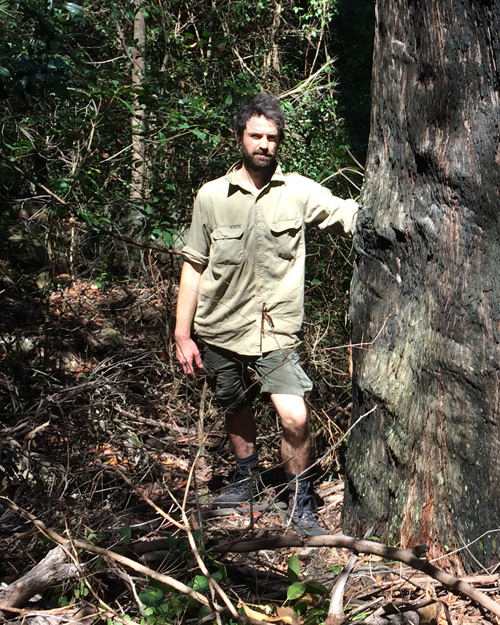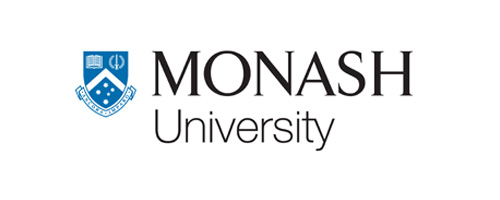
Project: 8.4.4
Review of faunal responses to fire-associated management actions
Project Leaders: Natasha Robinson
Research in brief
This project is collating and synthesising knowledge on management actions to help recover wildlife in fire-affected habitat. This global review will include all types of management actions, in all fire-prone vegetation communities and responses by terrestrial and freshwater vertebrate and invertebrate fauna. We will evaluate the effectiveness of these fire-associated management options in assisting fauna recovery, with a particular emphasis on the responses of Australian forest fauna, and provide recommendations to conservation and fire managers. This project will also examine how woodland and forest birds respond after fires in the immediate aftermath and medium term, how these impacts vary with fire severity and extent, and the effectiveness of prescribed burning at mitigating these impacts.
Why is the research needed?
The project aims to build on research being undertaken in other NESP Threatened Species Recovery Hub projects to address three questions:
- What are the range of management actions that are implemented in association with fire?
- What are the responses of fauna to these management actions?
- How effective are these post-fire management actions in assisting fauna recovery?
A wide range of management actions are undertaken in association with fire, not always with fauna persistence or post-fire recovery in mind. Actions can be taken before, during or following planned and unplanned fire and be beneficial, neutral or even harmful to fauna recovering post-fire.We aim to catalogue all types of management actions and evaluate the responses of fauna to these actions in order to comprehend the full scope of management tools available and the potential outcomes of these actions for post-fire fauna recovery.
We will identify information gaps where research could improve management and aim to build evidence-based decision trees for action during burn planning and for rapid intervention after future bushfires. Our recommendations will enable managers to make informed decisions about the types of fire-associated management actions, and implement appropriate actions that promote persistence and enhance recovery of fauna post-fire.
How will the research help?
This project aims to provide direction to conservation managers that will enable:
- greater resilience of threatened species to future fire events;
- better informed fire management to facilitate species survival, persistence and recovery from fire; and
- improved direction of management resources and priority of actions to facilitate fauna recovery.
We will achieve this by:
- collating all known options for management actions that are conducted in association with fire and have potential to influence fauna recovery;
- reviewing these actions in terms of the responses by fauna;
- evaluating the effectiveness of different management actions in promoting fauna persistence and post-fire recovery;
- identifying knowledge gaps; and
- providing recommendations to managers.
The project is expected to be useful to conservation and fire practitioners in understanding the types of management options available and their effectiveness in assisting with fauna recovery.
It will provide timely advice to support decision-making before, during and immediately following both planned and unplanned fire. It will highlight actions that are either positive, neutral and/or harmful to fauna recovery and identify gaps in knowledge about the fauna responses and the effectiveness of actions.
What research activities are being undertaken?
The project focuses exclusively on fauna, with an emphasis on native Australian forest fauna and woodland and forest birds. The first component consists of a global review that includes all fauna, fire types (prescribed and wildfire) and ecosystems. This will include case studies illustrating different management actions, fauna responses, and their effectiveness in promoting fauna conservation.
A complementary study will provide a detailed synthesis of the responses of Australian woodland and forest birds to time since fire and the factors that influence these responses, such as severity, extent, pattern and type of burn. This study will systematically capture the scientific evidence about the effects of fire on the overall woodland bird community, and individual species, depending on data availability. It will provide recommendations on how to manage the impacts of fire for woodland and forest birds.
Who is involved?
This project is led by The Australian National University and involves collaboration with researchers based at Monash University and The University of Queensland.
Where is the research happening?
The research is a global desktop based review, with case studies focusing on Australian forest and woodlands.
When is the research happening?
The project will run from January 2020 to June 2021.
More Information
For more information please contact:
Natasha Robinson natasha.robinson@anu.edu.au
Top image: Artificial shelter tunnels have been constructed on Kangaroo Island to provide additional shelter to small wildlife while surrounding bushland regenerates. Image: Nicolas Rakotopare
-
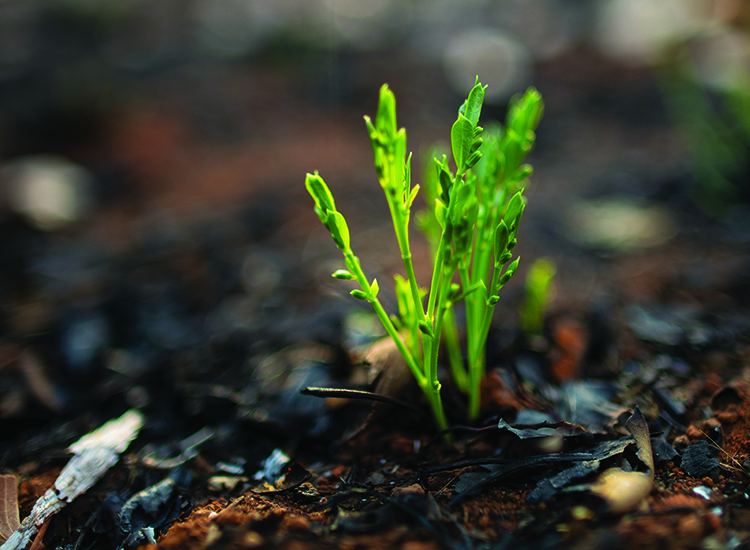
From the ashes: The 2019–20 wildfires and biodiversity loss and recovery
Monday, 31 August 2020 -
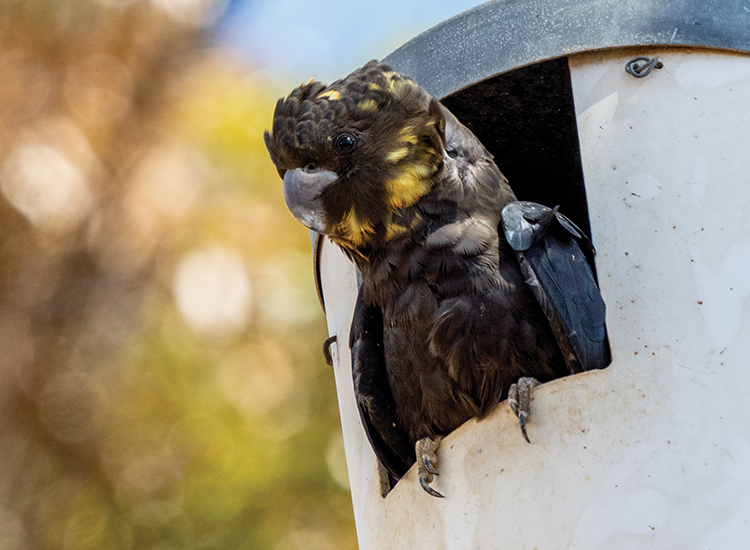
Prioritising action for animal species after the fires
Tuesday, 01 September 2020 -
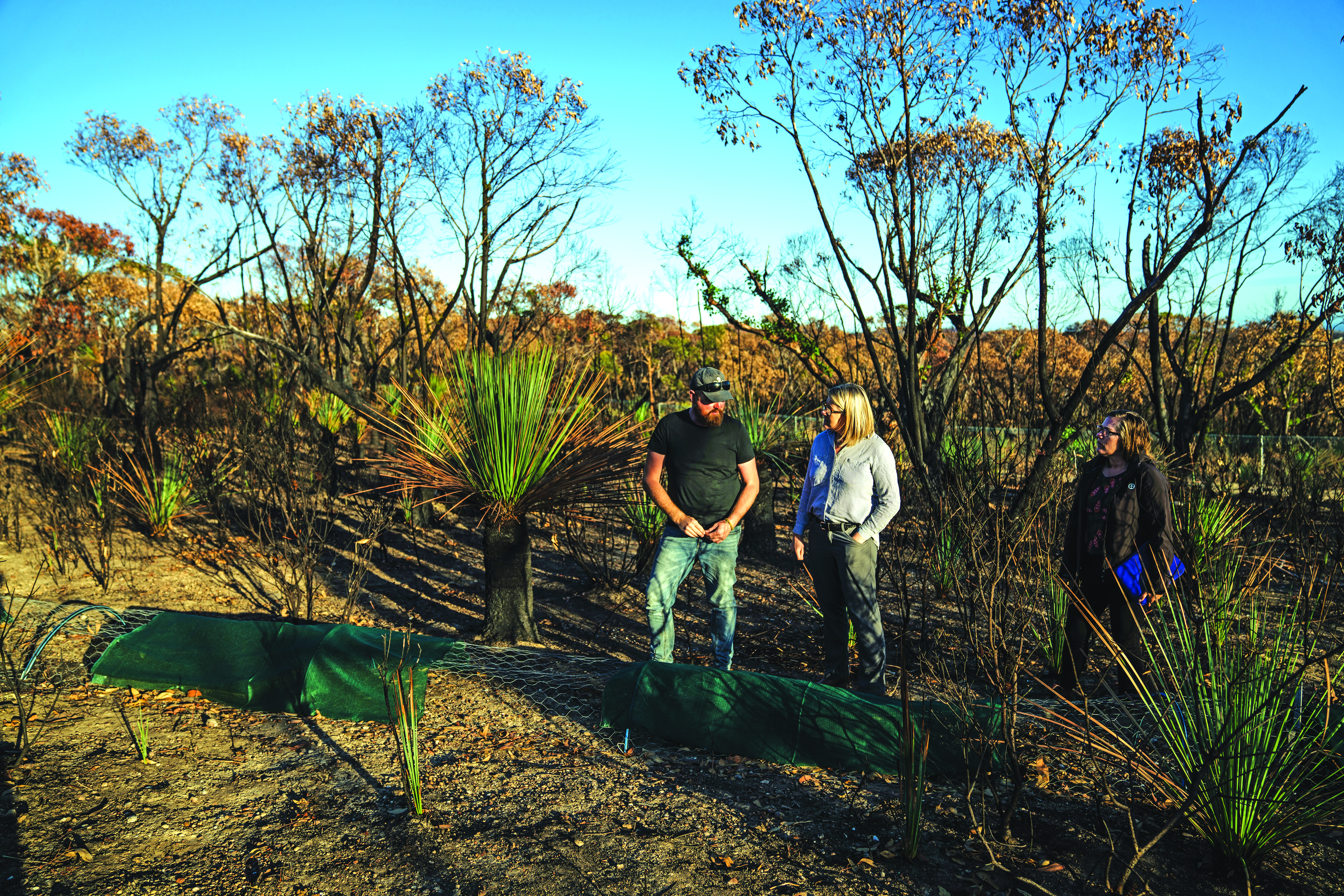
Rapid action to save species after the fires
Monday, 31 August 2020 -
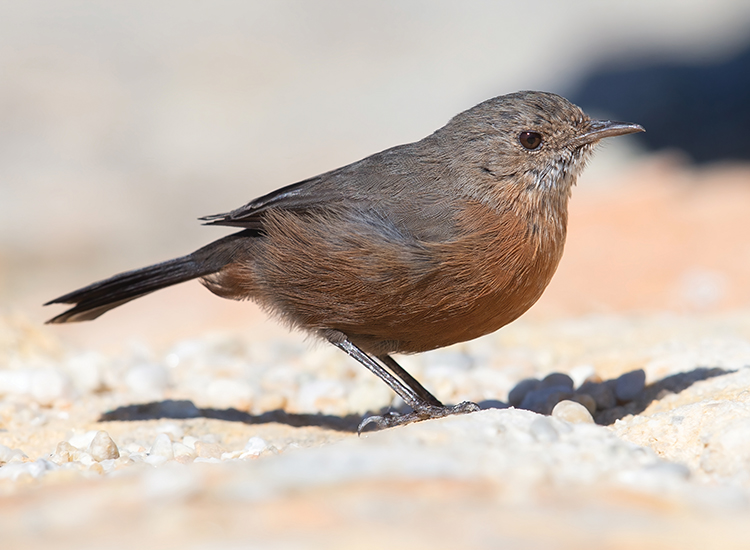
Protecting persistence: Listing species after the fires
Tuesday, 01 September 2020

